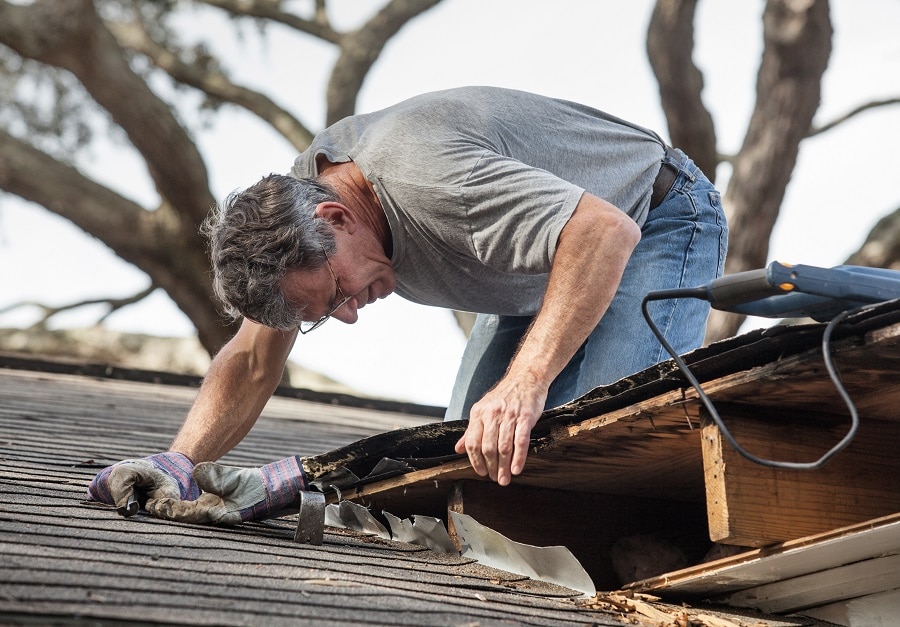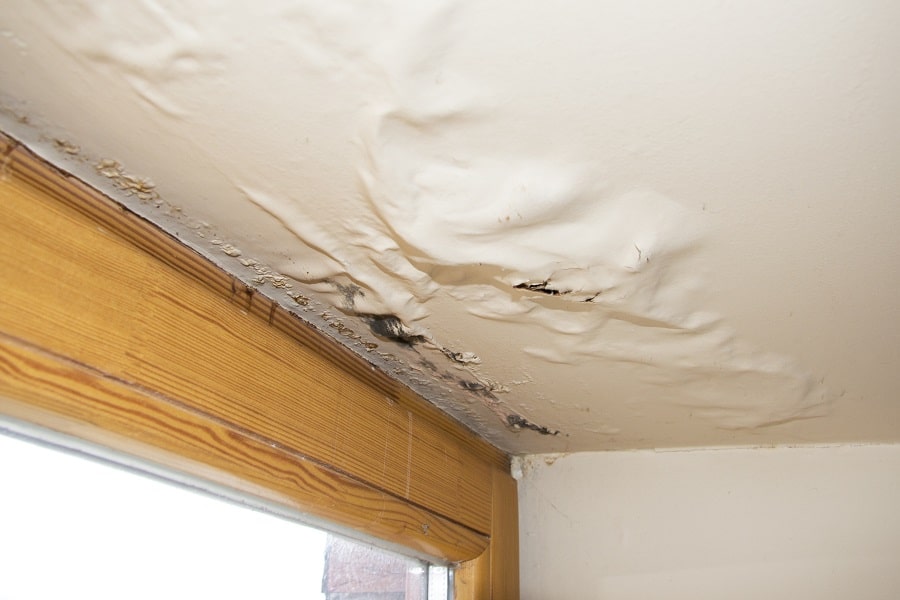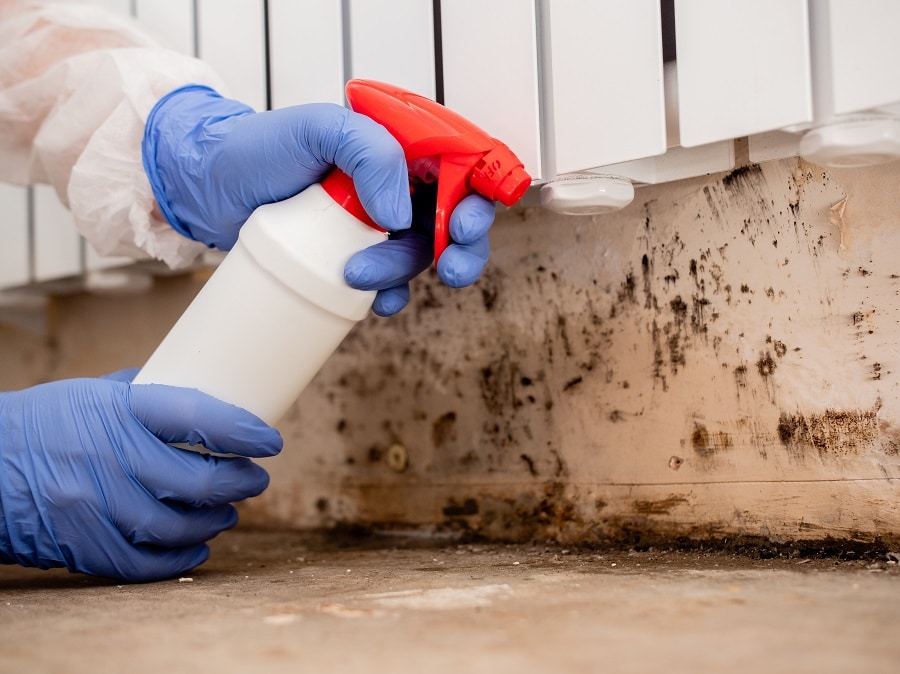Rot is often the cause of timber decay, regardless of the age of the building that houses it. Wood rot is identifiable in two common forms: wet rot and dry rot, both caused by fungal decay in building timbers.
What is Wet Rot?
This type of rot can be found in wet timber. It warps the timber, making it swell and causing the fibres to separate, this can lead to loss of strength, and eventually, crumbling in the timber structure. Wet rot can speed up the decay process, making timber lose its structural integrity and eventually collapse. Incessant contact with sources of moisture is the primary cause of wet rot in structural wood. It could be from faulty plumbing or penetrating damp, on the ‘wet’ side of the house. Wet rot is fungi that can spread and inflict damage on neighbouring timbers.
Our Guarantee
- upto 30 year guarantee
- customer focused team
- 20 years combined experience
- portfolio of satified customers
- attention to detail
- Construction line accreditation
- public liability insurance
- CHAS accreditation
What is the Difference Between Dry Rot and Wet Rot?
Dry rot triggers quick and extensive damage to structural timber as it spreads through the affected property. The wet rot fungus, on the other hand, is more common but typically less serious, usually restricting the decay to where the timber becomes and remains wet. In the absence of noticeable fungi, we can identify wet or dry rot by observing the variation in timber colour and the size of the cracks seen on the timber.
What causes Wet Rot?
Certain environmental conditions dictate the appearance of wet rot spores on timber. Moist timber is the major cause of wet rot in timber. Moisture can speed up the development of wet rot. Consequently, signs of damage become visible on the decaying timber.
The Dangers of Wet Rot in Heathfield
Wet rot can have a devastating effect on your home; it can even bring down its market value. If you find wet rot in your home, you must treat it quickly or risk allowing the infection to spread. A survey conducted on 2,038 property owners in London asked if they had ever had to deal with wet rot, where the affected area was, and if they were able to successfully prevent a recurrence.
Surprisingly, out of the respondents, 20% had battled some form of wet rot. Wet rot causes damage to timber floors and can make the building structurally unsound. Apart from the costly repair work, it could go even further by devaluing your property. Most insurance providers will not offer policies to buildings with clear signs of moisture ingress or damp buildup.

What are the Warning Signs of Wet Rot?
Signs of Wet Rot or the conditions needed by the fungus to become pervasive can vary depending on type cause of moisture with a property. Some obvious signs include peeling wallpaper, a musty smell, malfunctioning cookers and central heating boiler. Common areas where you can find wet rot include underneath the kitchen sink, along external walls, and roof spaces/attics. Wet rot will normally affect older structures which have been constructed with timber frames and not modern species like Meranti and Sapele. Timber below ground level up to one-floor is also susceptible to wet rot. The first step towards managing wet or dry rot is identifying it. If you notice any signs of wet rot infestation, then you should carry out a damp survey as soon as possible.
Call Our Sussex Damp Experts team now for quote, consultation and advice:
Call on 01273 257 765.
How and When Should I Look for Wood Rot?
You should comb your home annually to look out for signs of wood rot and damp. The pre-winter weatherproofing period is an excellent time to get this done. You’ll need a screwdriver with a long handle and a decent flashlight.
If your building has one, check the siding below and around the windows for any sign of swelling or discolouration in the wood. Wood rot can be disguised by paint, make sure you poke the siding with the screwdriver to be sure that it is solid. A spongy feeling in the wood is usually an indicator that you have wood rot. Use a powerful flashlight to search for discoloured wood in the attic. Move on to the screwdriver test if you see wood that fits this description. Make sure you go over the roof decking base, the joints linking wood members at the top of the roof, and at the edges of the attic where slanting rafters transition into eaves. These are prime locations for wood rot to grow in the attic.
Using a flashlight to spot discolouration around the perimeter wood plate on the concrete wall, check wood members in the basement or crawl space (sill plate). Use the screwdriver test, wherever necessary, on any discoloured regions. Inspect the floors and walls around baths/tubs, under sinks, and the water heater for any sign of discolouration or water leakage.
How do we identify wet rot?
Detecting wet rot is not as simple as it might sound, many forms of the fungus affect timber differently. Pushing a knife up to the handle into painted timber is an effective way to confirm rot. Our professional damp-proofing team has the training and experience to search for the following:
- Localised fungal growth on timber
- The soft, spongy feel of timber; the affected area appears darker than the surrounding timber.
- The soft and spongy texture of rotting timber; the affected region often looks darker than the other parts.
- That spongy, soft feel timber gets when affected by wet rot; the affected parts are darker than the other areas.
- The spongy, soft texture of rotten timber; the infested area is darker than the other parts.
- The springy feeling that is an indicator of wet rot; the affected area is often darker than others around it.
- Crumbling of affected dry timber into particles.
- Dry timber crumbling into particles.
- The crumbling of infested timber into dry particles.
- Dried-out timber disintegrating into particles.
- The disintegration of rot-eaten timber into particles.
- Shrinking timber
- Bleaching wood in window and door frames
- Flaky or damaged paint
- A musty, damp smell
What to Do After You Detect Wet Rot?
It’s important to get a damp expert to tackle wet rot and cut off the source of moisture; this helps prevent recurring issues. Call Sussex Damp Experts on 01273 257 765 today to get more information about wet rot treatments.
Wet Rot and Damp Proofing in Heathfield

If you are looking for professional wet rot treatment and damp proofing services in Heathfield, we are here for you. When you call us immediately you notice signs of damp or wet rot, we can fix the problem by putting a stop to the progression of the infestation; helping you avoid pricey repairs down the road and minimising health risks. We will investigate the source of the damp or wet rot and provide solutions as well as advise on how to prevent a similar situation.
Timber damp proofing, not to be confused with cosmetic treatment, refers to a maintenance strategy intended to protect the timber from decay. There are only ever two ways to properly safeguard your timber from the elements.
Surface treatments can never be relied upon; they will always fail, eventually making the situation worse when they do. The only available solutions include covering the surfaces using membranes, treating or replacing the timber. If you want to speak to our experts for further information on wet rot treatment, call 01273 257 765 today and let Sussex Damp Experts help.
Wet Rot Treatment Specialists in Heathfield
With over ten years of experience in the field, we are one of the leading wet rot specialists in Heathfield, offering free surveys and no obligation quotations to householders, landlords and commercial property owners. Our wet rot experts will examine your property and come up with solutions to cut off the source of moisture ingress. Our experts apply advanced methods to tackle the progression of different types of wet rot in buildings.
Wet Rot Treatment in Heathfield
Wet rot typically occurs in areas with sustained exposure to moisture. Nevertheless, during wet rot treatment we don’t just fix the damage alone, we address the issue from the source. We find out where the water is meeting the wood and prevent the damp from recurring in the future, this ensures we put a stop to any reappearance/re-occurrence of timber rot in your property. To get a lasting solution, only seasoned professionals should be responsible for wet rot treatment. Delay in treatment results in pricey repair work down the line. You are best served to contact damp proofing specialists such as Sussex Damp Experts immediately you notice signs of fungi development or hyphae strands.

We can provide lasting solutions to wet rot. At Sussex Damp Experts, we quickly determine the source of the dampness and which areas have been most affected. Don’t put it off any longer, call us today on 01273 257 765 or complete and submit the contact form to get started.
Our Wet Rot Treatment Process in Heathfield
The more you wait, the worse the damage gets. If you notice the presence of fungal rot at the early stages, treatment can be narrowed down to a small area. In circumstances where the wet rot has been allowed to take deep root in the timber, you might have to consider replacing entire timbers or carrying out major repairs. Treating wet rot entails various procedures. The wet rot treatment should start by attacking the problem at the root; protecting the timber from contact with moisture. If there is a seepage of water into your home or timber, regardless of whether the cause is broken guttering, condensation, or anything else, we locate the source of water/moisture ingress and take corrective action. Builders and contractors who lack expertise often resort to replacing the affected wood. Using chemical preservatives on the damaged area is usually the next step. This can only lead to failure. If you are worried about the presence of wet rot in your building, call Sussex Damp Experts today. We can help you identify the cause and treat the damage.
What happens to Wet Rot if left untreated?
Leaving wet rot to grow unchecked will lead to the weakening of the structural timber which could affect the safety of the residents. When rot sets in, the timber becomes spongy and soft, and caves in when you prod it with a sharp edge such as a knife or screwdriver. The long-term effect is that the timber loses its structural integrity with time, and you also run the risk of condemning your building if the issue persists. Call Sussex Damp Experts on 01273 257 765 and speak with one of our Experts in Wet Rot Treatment today!
What is the cost of Wet Rot Treatment in Heathfield?
Rot can cause extensive damage to any property. The cost of damp proofing and remedial works varies depending on the type and severity of the problem, but you shouldn’t let that put you off. Our wet rot treatment services in Heathfield come at an affordable cost. We advise you on the best course of action to protect your home and your health.
How to prevent wet rot?
Wood must be ideally kept dry and treated to prevent the timber from decaying. You can also apply wood hardeners to protect the timber from the effects of rot. The wood becomes more resistant to moisture when coated with the hardener. Areas that are more prone to damage from damp include window boxes and sills, and timber in close contact with stonework without being subjected to damp proofing treatment like the use of sealants or fungicides.
Talk to Our Wet Rot Treatment Experts Today!
If you need further information on wet rot treatment from one of our experts, call 01273 257 765 today.
FAQ
Is wet rot smelly?
Is Wet Rot Capable of Spreading?
Can Wet Rot Cause Health Problems?
Is there a DIY treatment solution?




